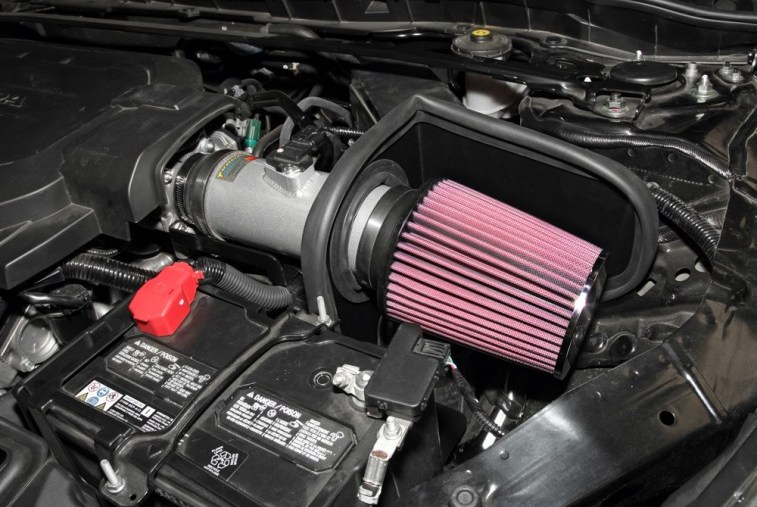
Basic Things Every Driver Should Know About Cars: Part 2 of 2
Previously we covered a portion of a list of things every driver should know about cars. That installment is found here. In this next installment, a few other basic things every driver should know are discussed such as, filters, tire pressures, what to do if you can’t start your car, and what are good things to have in your glove box.
Air Filter
The engine air filter is just that, a filter for the air entering the engine. Air is used to make combustion. However, you don’t want other particles entering the engine. So, the air filter takes care of this. But it needs to be changed often. Check your owner’s manual for a frequency schedule. The air filter is typically found right on top of the engine in older model vehicles, or in a clamped airbox off to one side of the engine. Loosen the wingnut or unclamp the box. The filter will be right under the lid. If there is debris or the filter looks discolored, replace it.
Cabin Filter
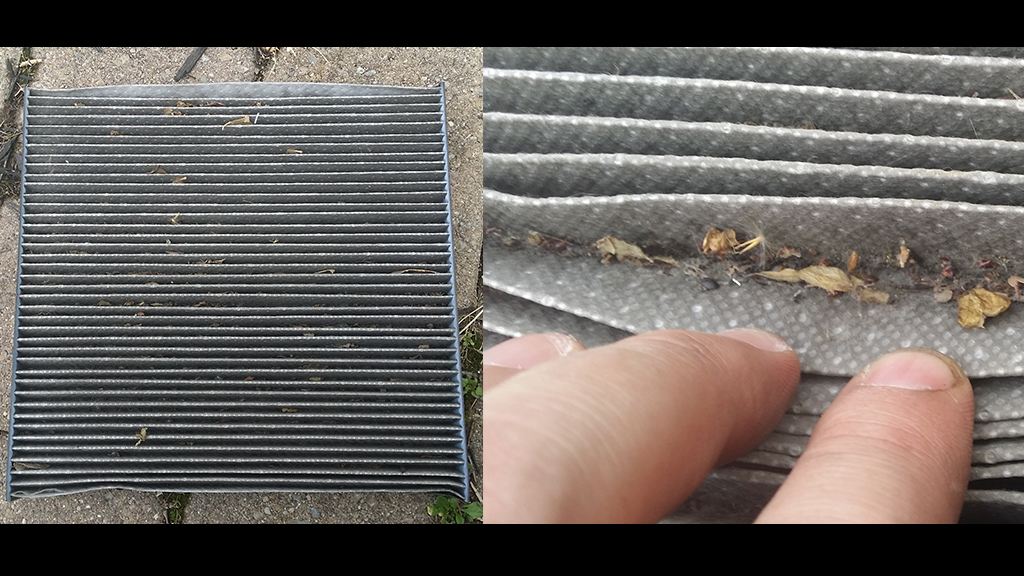
The cabin air filter is inside the vehicle. It’s got the same purpose as the other filter just discussed, except this one filters the air coming into the cabin. Older vehicles didn’t have cabin filters. So, don’t be surprised if there isn’t one for your car if it is older than a 1995 model. New vehicles will have this filter behind the dash, often by or behind the glove box. Sometimes this is accessible under the dash. Other times, disconnecting the glove box door is necessary. Replace it as needed or required by your owner’s manual.
Fuel Filter
The fuel filter is… a filter for the fuel system (surprise). The location of these filters varies. Some are located near the firewall. It will have a fuel line going in and another going out. Other vehicles will have an in-tank filter instead. But wait, there’s more! Still, other vehicles have both the in-line filter and a fuel tank filter. If you’re not handy, don’t mess with the fuel filter. Have a qualified, competent, and licensed mechanic change these out. The last thing you want to do is try this yourself and end up accidentally creating a fuel leak.
Replacing filters on your own you will save money. Some of these filters may be more challenging than others to replace. Let’s face it, some people are handier than others. So, you might want a qualified mechanic to replace the filters. Regardless of who does the work, you or a mechanic, just be aware that all these filters are there and need replacement with some frequency as outlined in your owner’s manual.
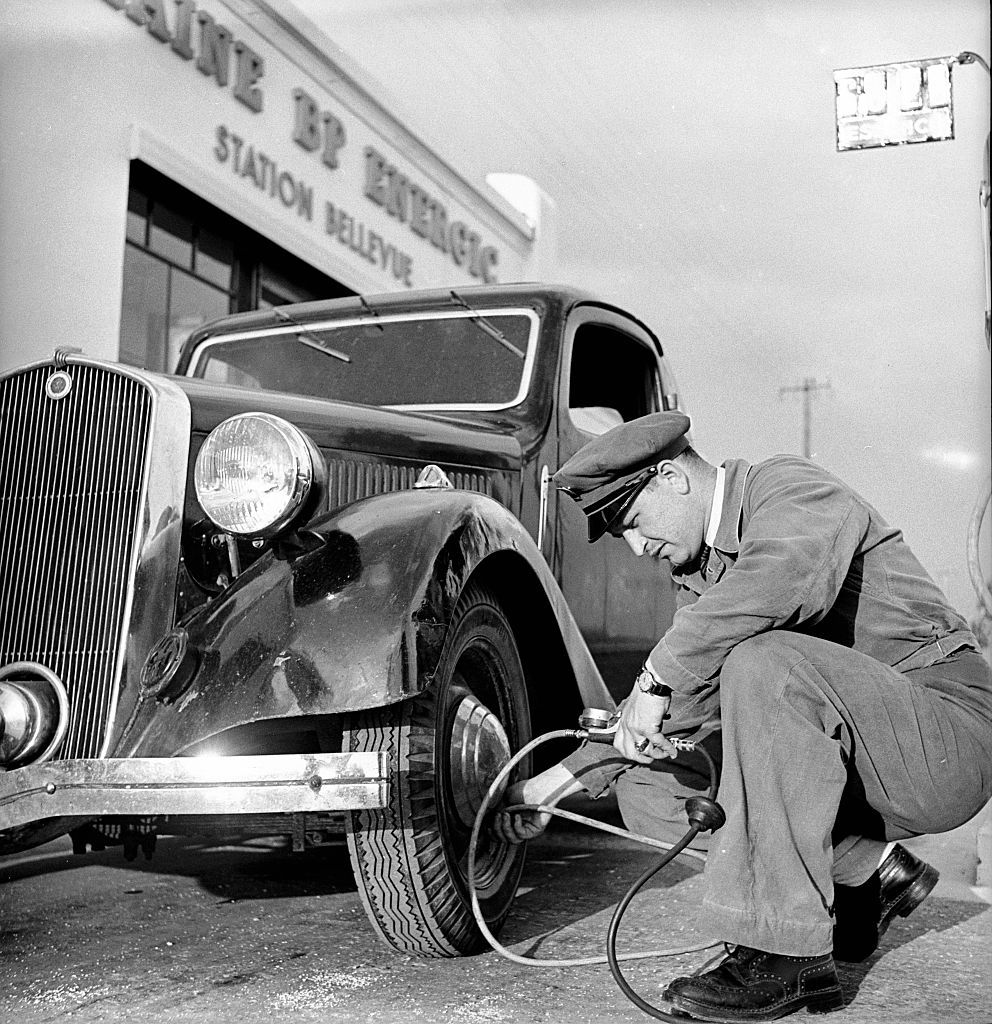
Tire Pressures
Believe it or not, tires without the right pressure cause uneven tread wear. So, check your tire pressure often. If you have the tires that came originally installed on your vehicle, then the correct air pressure needed in the tires will be found in the owner’s manual and printed on the manufacturer’s label in the driver’s door jamb. Otherwise, the tire sidewall will tell you the maximum pounds per square inch (PSI).
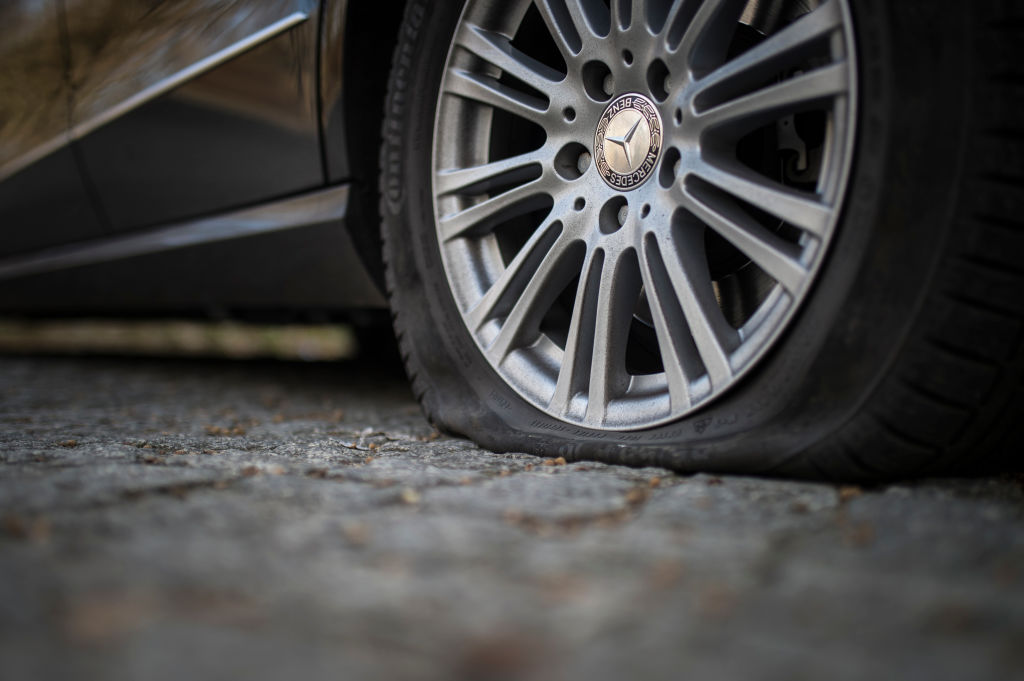
Since the tires have been mentioned, it’s a good time to discuss tire changing. Everybody should know how to change a tire. If a driver has a flat, they should first make sure the vehicle is in a place where the person who changes it won’t get injured. If that’s not possible, call for a tow truck.
If a safe area is found, pull out the spare and the jack. Place the jack under the lift points as outlined in the owner’s manual says, or where the label on the jack says to. If there is a hubcap, remove it. Loosen the lug nuts. Lift the car so that the tire is off the ground. With one hand on the tire to keep it steady, finish removing the lug nuts. Then remove the flat tire.
Place the replacement tire on, and hand-tighten the lug nuts. Lower the vehicle s. l. o. w. l. y. Then tighten the lug nuts fully as best you can. Do not forget to fix the flat tire and then find someone who can torque the lug nuts to the proper specifications as quickly as possible.
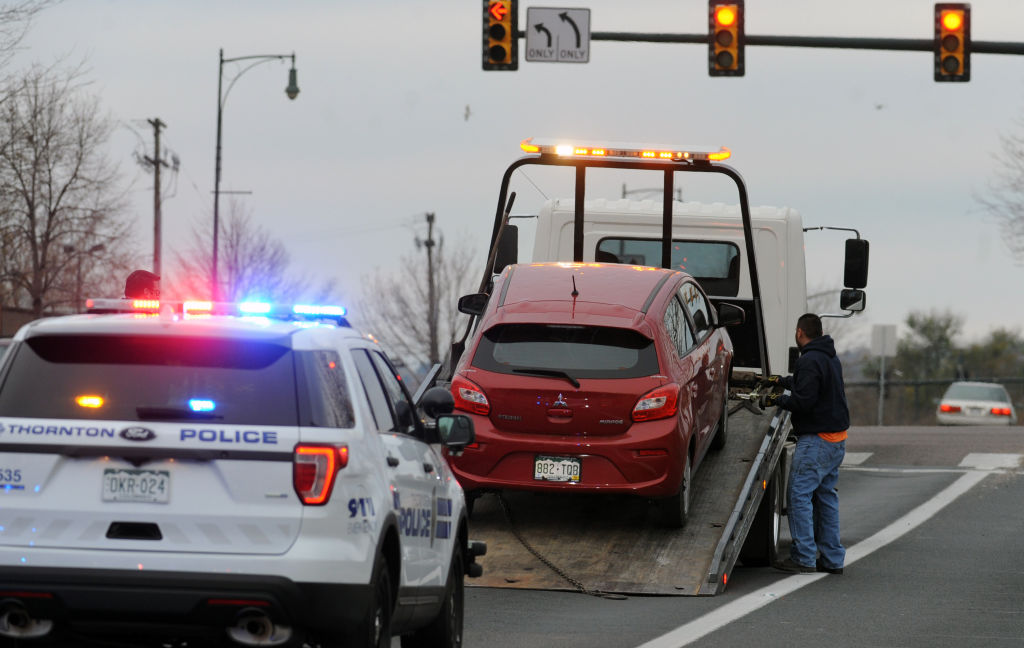
Unable To Start the Car
Not being able to start your car when you need it to start can be a nasty surprise. Although that experience might give the driver a terrible feeling that something bad has happened to their beloved ride, it is not always so dire.
If the car is an automatic, sometimes it’s an extremely simple thing that will keep the car from starting, like the gear shift assembly didn’t get properly seated into Park, or the headlights were left on causing the battery drain.
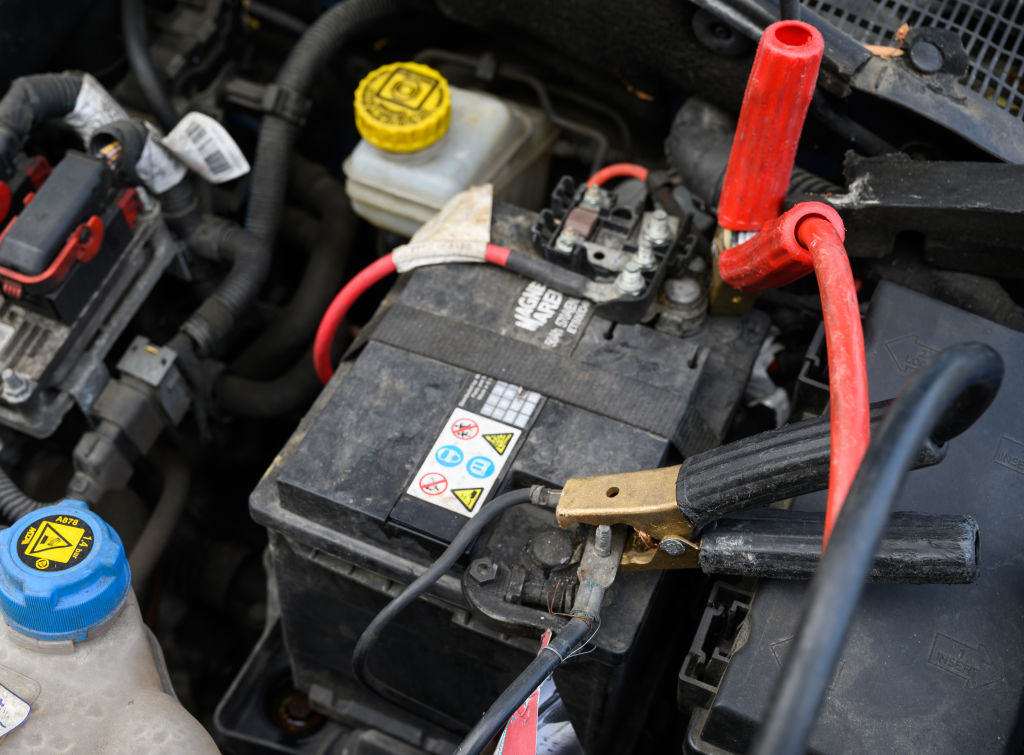
Using Jumper Cables
If you determine the battery drained, jumping a car battery is easy. Just remember to hook up jumper cables positive to positive (or red), and negative to negative (or black) and never let them contact each other. The top or side of the battery will have posts that are marked for positive or negative.
Take the time to attach the cables in the correct position on the battery of the dead vehicle and on the battery of the fully charged other vehicle. That is it! Give it a few minutes for current to charge the battery and then start the vehicle.
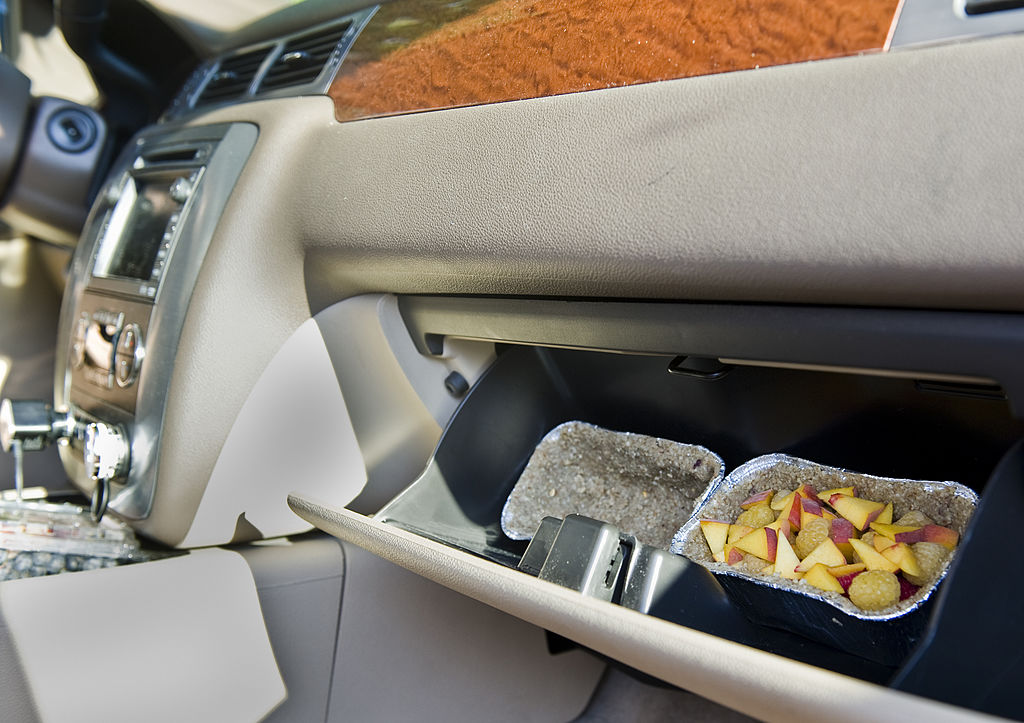
What To Have in the Glovebox
The glovebox is often used as a collection point for just about anything that fits. However, there are a few things that should be in there. Every driver needs these items along the way. The glovebox is the perfect place to have them. They are the registration of the vehicle, the proof of insurance card, pen, pencil, paper, a flashlight, and the owner’s manual.
Beyond that, if you want to keep other items in it, go for it, but these are the bare minimum that needs to be in there. In the event of an emergency, and if you are unable physically to give the necessary information to the responders on site, their first go-to location will be the glovebox.


